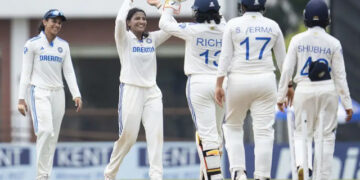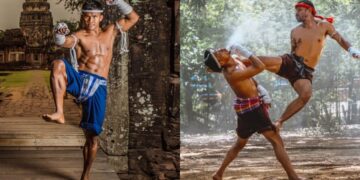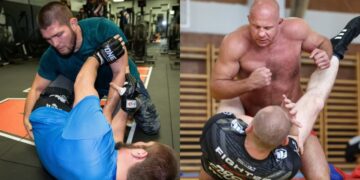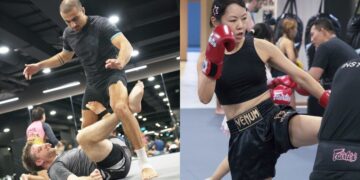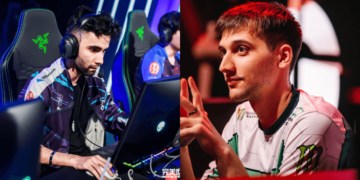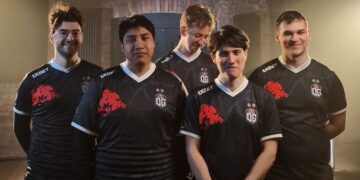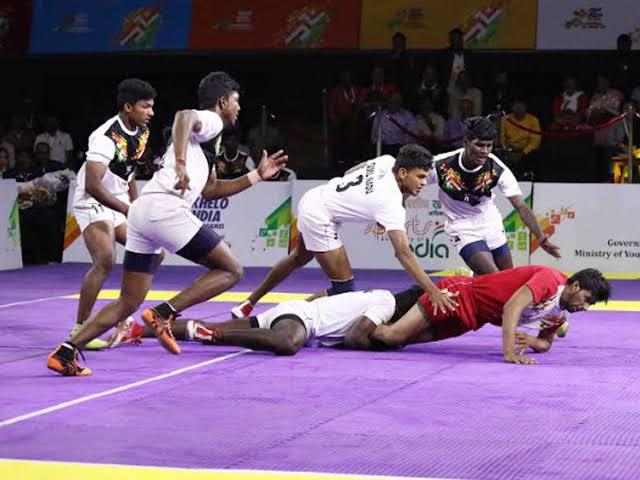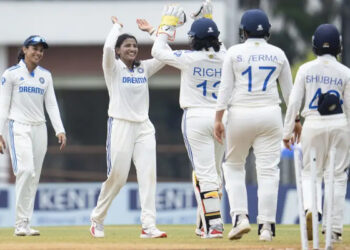Muay Thai is celebrated worldwide as the art of eight limbs, but within its long history are traditional regional styles that shaped the sport as we know it today. Among these is Muay Thasao, a style rooted in Northern Thailand. Known for its speed and fluidity, Muay Thasao contrasts with the power-based approaches of other regional styles. Today, many martial arts gyms are popular training grounds, and learning about Muay Thasao gives practitioners and enthusiasts a deeper appreciation of the diversity within Muay Thai.
Origins Of Muay Thasao
Muay Thasao comes from the northern regions of Thailand, particularly in areas influenced by the ancient Lan Na Kingdom. The style developed during a time when hand-to-hand combat was part of both military training and cultural tradition. While some Muay Thai styles focused on sheer strength, Muay Thasao emphasized speed, agility, and movement.
The name “Thasao” refers to the Nan Province, often credited as the birthplace of this approach. Fighters from the north gained a reputation for being quick on their feet and sharp in their strikes. This identity shaped the northern style into one that prioritized rapid combinations and evasive techniques over brute force.
Distinctive Characteristics
Muay Thasao is often called the style of speed. Fighters trained in this tradition use quick footwork, fluid head movement, and fast striking combinations. Where other styles may rely on standing firm and trading blows, Muay Thasao fighters prefer to outmaneuver their opponents.
One hallmark is its emphasis on unpredictability. Fighters switch rhythm frequently, mixing short bursts of aggression with sudden retreats. This makes them difficult to read and forces opponents to fight on unfamiliar terms. Another key element is the use of clever angles. Rather than moving straight in, Muay Thasao practitioners cut diagonally, landing strikes while avoiding counters.
Comparison With Other Styles
To understand Muay Thasao’s place in history, it helps to compare it with the other regional Muay Thai styles.
- Muay Korat from the northeast is known for raw power, with fighters delivering heavy strikes.
- Muay Lopburi emphasizes technical finesse, especially sharp punches and feints.
- Muay Chaiya from the south is renowned for defense and counterattacks.
Against these, Muay Thasao stands out as the style of speed and agility. While Muay Korat fighters might overwhelm with power, and Muay Chaiya fighters frustrate with tight defenses, Muay Thasao fighters thrive on rhythm changes and fast attacks. This made them highly respected in historical competitions and cultural festivals.
Cultural And Historical Significance
Muay Thasao was not only a fighting style but also a reflection of northern Thai culture. The Lan Na Kingdom placed importance on mobility and strategy, which influenced the way combat was practiced. Fighters trained in both armed and unarmed techniques, with Muay Thasao representing the unarmed approach that mirrored battlefield tactics.
Over time, as Thailand unified and Muay Thai became more standardized, the distinctions between regional styles blurred. However, the legacy of Muay Thasao lives on in the principles of speed and agility that modern fighters still admire. Historical records and oral traditions from the north keep the identity of Muay Thasao alive, reminding practitioners of the diverse roots of the art.
Influence On Modern Muay Thai

Muay Thasao’s legacy lives on in modern Muay Thai, inspiring fighters to value speed, footwork, and adaptability alongside power.
Though modern Muay Thai does not strictly divide fighters into regional styles, the influence of Muay Thasao can still be seen in the sport today. Fighters who emphasize speed, footwork, and rhythm owe much to the northern tradition. Many champions are praised for their ability to adapt quickly, move fluidly, and keep opponents off balance, all of which are traits central to Muay Thasao.
In training, drills that highlight quick entries, fast exits, and combination striking reflect the same philosophy. In Singapore, martial arts gyms often teach Muay Thai in a blended way, but students are encouraged to study the history behind the techniques. Learning about Muay Thasao inspires practitioners to approach their training with an appreciation for speed and intelligence, not just power.
Lessons From Muay Thasao
The history of Muay Thasao carries lessons that remain relevant for today’s martial artists.
- Adaptability: Fighters must learn to adjust rhythm and strategy, not just rely on strength.
- Efficiency: Quick, sharp strikes conserve energy while keeping pressure on the opponent.
- Movement: Staying light on the feet creates opportunities and prevents predictability.
- Mindset: The philosophy of Muay Thasao emphasizes being clever, composed, and resourceful in every exchange.
These lessons show that martial arts is not just about physical ability but also about strategy and intelligence.
Conclusion
Muay Thasao is a reminder that Muay Thai is not a single style but a collection of traditions shaped by different regions of Thailand. The northern style, known for its speed and unpredictability, offered a counterpoint to the power, defense, and technique emphasized in other areas.
Today, even though regional divisions are less pronounced, the principles of Muay Thasao live on in the way fighters move, strike, and adapt. For practitioners in Singapore and across the world, understanding the history of Muay Thasao provides insight into how the art of eight limbs developed and why agility and rhythm remain just as important as strength.
You may also like:
Most Effective Techniques Inside The Muay Thai Clinch
Muay Thai is often called the art of eight limbs, using fists, elbows, knees, and kicks in fluid combinations. While power and technique get a lot of attention, rhythm is what ties everything together. Fighters…
In martial arts, improvement does not come only from sparring or drilling techniques. Another powerful tool for growth is watching fight replays. Whether its a professional bout streamed worldwide or a recorded sparring session in…
Sparring is one of the most important parts of martial arts training. Whether you practice boxing, Muay Thai, Brazilian Jiu-Jitsu, or MMA, sparring helps you test your techniques in a realistic setting. It sharpens timing,…
Muay Thai is often called the art of eight limbs because of its use of punches, kicks, elbows, and knees. But one of the most defining features of the sport is the clinch. For many…
Some comebacks roar. And there are comebacks whispered, tempered with emotion, healing, and the weight of time. Stamp Fairtex, the Muay Thai Queen, falls into the latter. She’s not just fighting again, she’s reclaiming a…
At first glance, kickboxing and Muay Thai might look like twins in the striking family, with fast punches, powerful kicks, and fighters in gloves exchanging blows. But once you dig a little deeper, you’ll notice…
Modern work often means long hours at a desk, especially in busy cities where office life is the norm for many professionals. While sitting may feel harmless, remaining in one position for extended periods can…
Most people start martial arts for the physical benefits, to get fitter, stronger, or learn how to defend themselves. But talk to anyone who has been training for months or years, and you’ll often hear…
Ask any Singaporean about life in the city, and one theme pops up again and again: convenience. Whether it’s food delivery apps, cashless payment systems, or 24-hour services, Singapore is built around efficiency. The same…
In BJJ, the lasso guard is a variation of open guard that uses your leg to wrap around and control your opponent’s arm, “lassoing” their arm with your shin hooked behind their tricep and grip…
For a long time, half guard was seen as a “last resort” position, a place you ended up when your guard was getting passed. But modern BJJ flipped the script. Today, the half guard is…
Boxing is often described as the “sweet science” because of the different styles fighters use inside the ring. Some prefer to brawl up close, relying on raw power and aggression, while others focus on speed,…


